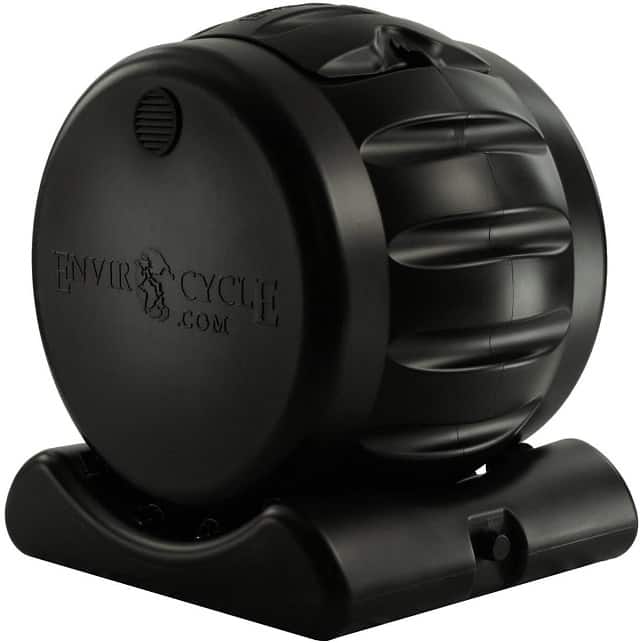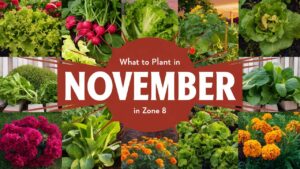As December rolls in and the chill of winter envelops many regions, it’s easy for gardeners to think that their work is done until spring. However, December can be a pivotal month for garden maintenance and preparation.
While the blooms may be fading and the growing season is slowing down, there are numerous tasks that ensure your garden remains healthy and vibrant come spring.
In this post, we will explore various tasks that every gardener should consider during December, focusing on planning, maintenance, and preparation for the new growing season.
1. Reflect on the Past Season
Before diving into the tasks at hand, take some time to reflect on your garden’s performance over the past growing season. Consider the following:
What worked well? Identify the plants and techniques that thrived in your garden.
What challenges did you face? Analyzing problems such as pest infestations, plant diseases, or poor growth can inform your planning for the next year.
How did your garden evolve? Jot down any changes you would like to make in layout, plant variety, or design.
Keeping a garden journal during your reflection can be incredibly useful for tracking progress and results from year to year.
2. Plan for Next Year’s Garden
December is an excellent time to plan for the upcoming gardening year. What you do now can help set the tone for a productive and beautiful spring. Here are some planning tasks to consider:
a. Crop Rotation and Garden Layout
If you practice crop rotation, plan your garden layout for the coming year. Consider which plants will follow others in your vegetable garden. Crop rotation improves soil health and helps prevent pest and disease buildup.
b. Select New Varieties and Seeds
Use this time to research and select new plant varieties or seeds to try in the upcoming season. Whether you’re looking for heirloom vegetables, exotic flowers, or drought-tolerant perennials, winter catalogs from seed companies can inspire fresh ideas.
c. Design Your Garden
Sketch out your garden plans, considering both aesthetics and functionality. Think about color schemes, seasonal interest, and how your garden will grow and change throughout the year.
3. Garden Maintenance Tasks
a. Clean Up Leaves and Debris
As the last leaves fall, it’s essential to clean up your garden beds. While some advocate for leaving leaves to decompose and enrich the soil, a significant buildup can harbor pests and diseases. Rake up leaves and debris, and consider adding them to your compost pile or using them as mulch in some areas.
b. Prune Trees and Shrubs
December is a good time for pruning many trees and shrubs while they are dormant. Proper pruning promotes healthy growth and encourages flowering in spring. Here are some tips for pruning:
Remove dead or damaged branches to prevent disease.
Shape your shrubs to maintain their natural form.
For certain trees, such as fruit trees, consider doing a more extensive pruning to enhance fruit production.
c. Tidy Perennial Beds
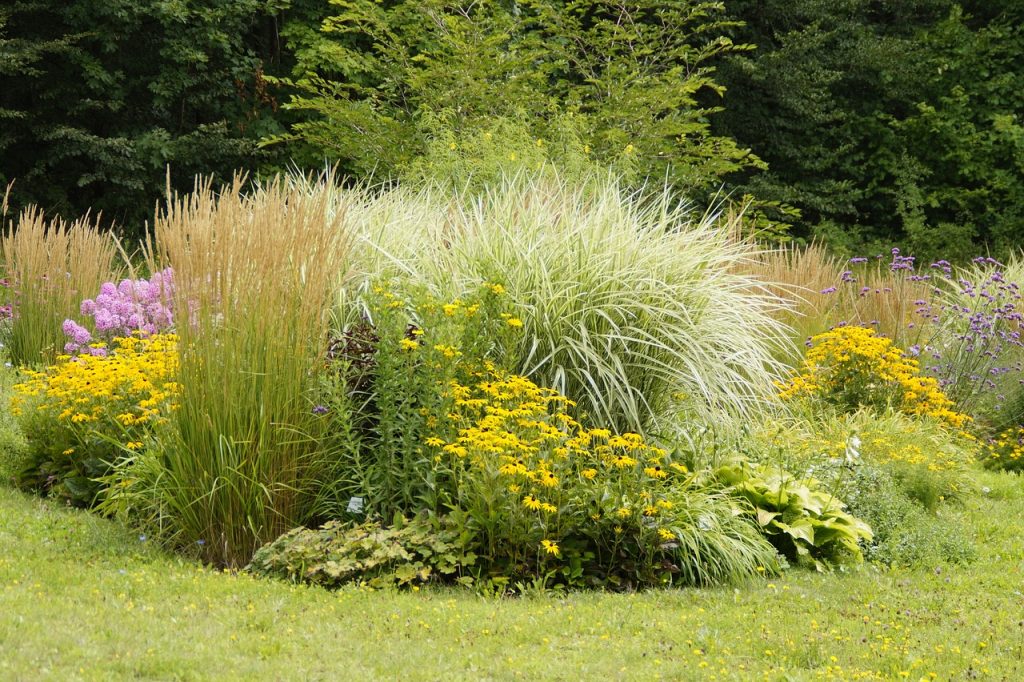
Cut back perennials once they have died back to the ground. This not only tidies up the garden but also prevents pests from overwintering. However, if you have certain perennials that provide winter interest, like ornamental grasses, consider leaving them standing until spring.
d. Mulching
After cleaning your garden beds, adding a layer of mulch can suppress weeds, retain moisture, and moderate soil temperatures. Organic mulches such as shredded leaves, straw, or wood chips are excellent choices. Just be sure to keep mulch a few inches away from the bases of plants to prevent rot.
4. Protecting Plants
a. Coverings for Sensitive Plants
In colder climates, consider using frost cloths or burlap to cover sensitive plants. This provides an extra layer of protection against harsh winter elements. For more delicate plants, consider using cloches or cold frames for additional warmth.
b. Insulate Roots
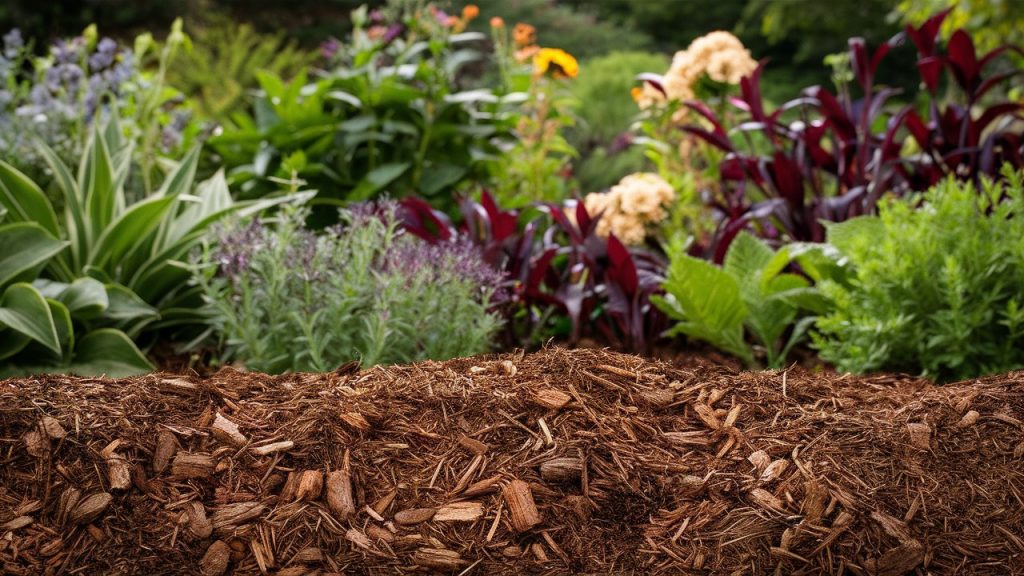
For particularly sensitive plants or if you have a warm microclimate, you may want to insulate the roots. This could involve mounding mulch around the base of plants or using straw bales to create a barrier against the cold.
c. Watering
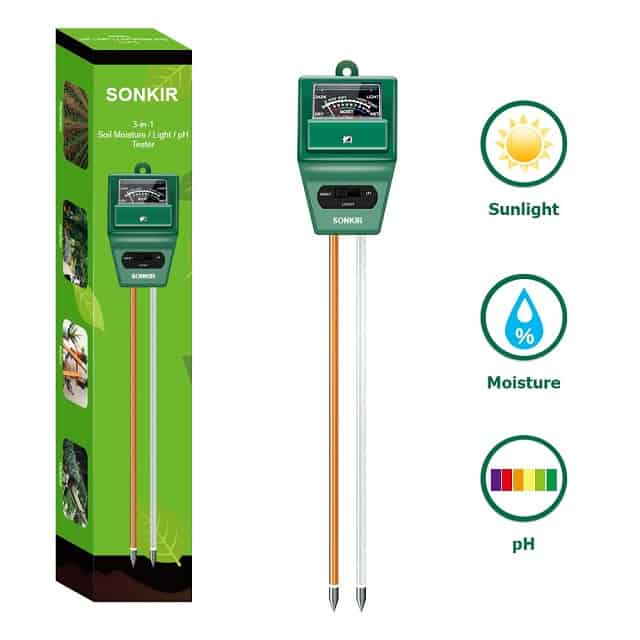
While plants are dormant, they still need water, especially if there are periods of warm, dry weather. Check the moisture level in your garden beds and provide water as necessary to prevent desiccation.
5. Winter Annuals and Bulb Planting
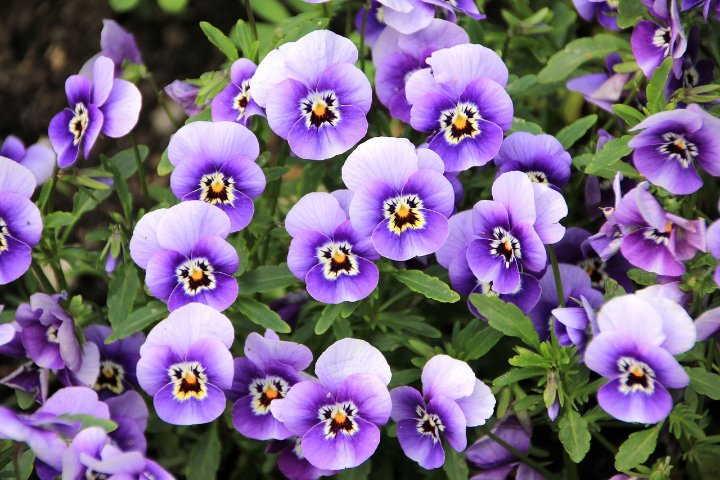
December is a great time to plant certain winter annuals. Flowers such as pansies and violas can add color during the dreary winter months. Additionally, if you live in a milder climate, now might be the time to plant tulips and daffodils, which will bloom in early spring.
6. Winterizing the Garden Tools
Take care of your gardening tools during December to ensure they are ready for use come spring:
a. Clean Tools
Remove dirt and other debris from your gardening tools. Wipe metal parts with a cloth and use soapy water or a garden scrub brush for stubborn grime. This will prevent rust and prolong the life of your tools.
b. Sharpen Blades
Dull tools can lead to poor cuts and increased injury risk. Use a sharpening stone or file to sharpen blades on pruners, shears, and hoes. A sharp blade will slice through plant material with ease, making pruning and trimming more efficient.
c. Oil Metal Parts
After cleaning and sharpening, apply a light coat of oil to metal parts to protect against rust. Use horticultural oil or any vegetable oil to maintain the blades and other metal surfaces.
d. Store Tools Properly
Make sure your tools are stored in a dry, protected area. Hang them on a wall, use a tool shed, or organize them in a toolbox to keep them from getting damaged.
7. Winter Wildlife Considerations
December is also a time to think about the wildlife in your garden. While many animals hibernate or migrate, some wildlife can still thrive in winter. Here are ways to support them:
a. Bird Feeders
Now is an excellent time to set up bird feeders. Ensure your feeders are clean and fill them with birdseed to nourish local birds during the winter months. A heated birdbath can also provide necessary water, as natural sources might freeze over.
b. Habitat Enhancement
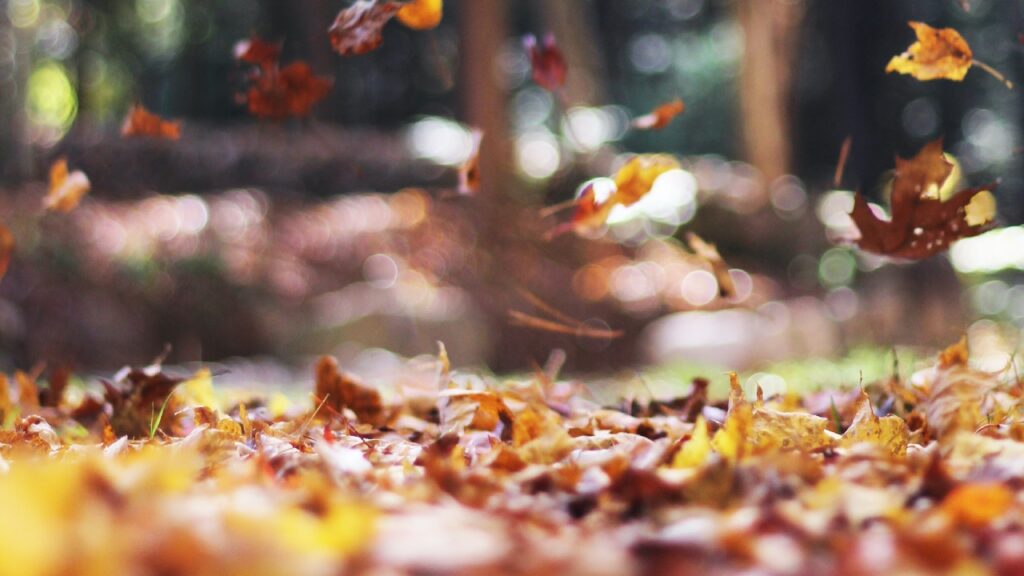
Consider leaving some areas of your garden undisturbed for winter wildlife. Piles of leaves, brush, or undisturbed corners can provide excellent shelter for beneficial insects and small animals.
c. Consider Bee Habitat
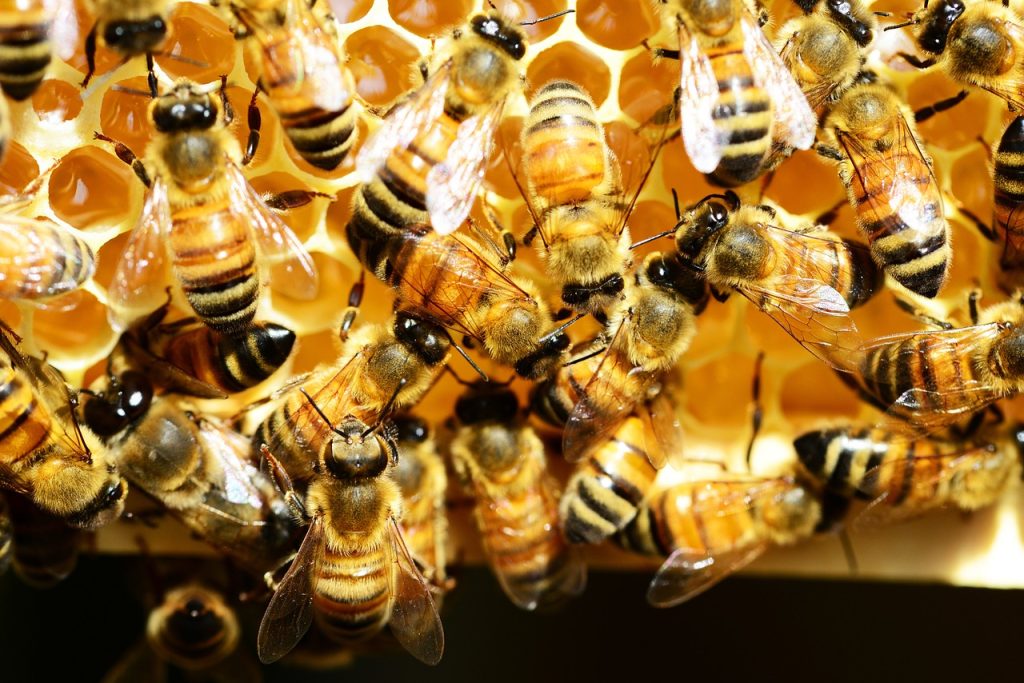
If you want to support native bees, leave some hollow stems and bee hotels in your garden if you created them previously. Providing habitats for overwintering larvae is crucial for the pollinator population come spring.
8. Indoor Gardening
While snow may cover the ground outside, there are plenty of garden tasks to complete indoors as well. December can be an opportune time to start your indoor gardening project:
a. Start Seedlings Indoors
If you are eager to get a jump on the growing season, you can start seedlings indoors for certain vegetables and herbs. Look for seeds that require a longer growing season, like tomatoes and peppers, and begin germinating them in seed starting trays or pots.
b. Houseplant Care
Check your houseplants, ensuring they are in their prime condition during the winter. Dust leaves to improve photosynthesis, check for pests, and adjust watering schedules as indoor plants typically require less water in winter.
c. Compost Indoor Kitchen Waste
January can be a perfect time to start composting kitchen waste. Consider creating a simple kitchen composting system to recycle vegetable scraps and other organic materials, which will provide rich compost for your outdoor garden come spring.
9. Winter Garden Decor
While it may feel like the garden is dormant, it doesn’t mean it can’t be beautiful.
a. Holiday Decorations
Consider using natural elements such as evergreen boughs, holly, or even decorative mulch in your winter garden displays. You can create festive arrangements for outdoor pots or patio areas that bring color and life to your landscape despite the colder temperatures.
b. Install Outdoor Lights
If you celebrate the winter holidays, consider adding lights to highlight trees, shrubs, and pathways. String lights or lanterns can transform your garden space into a winter wonderland.
c. Create Winter Interest
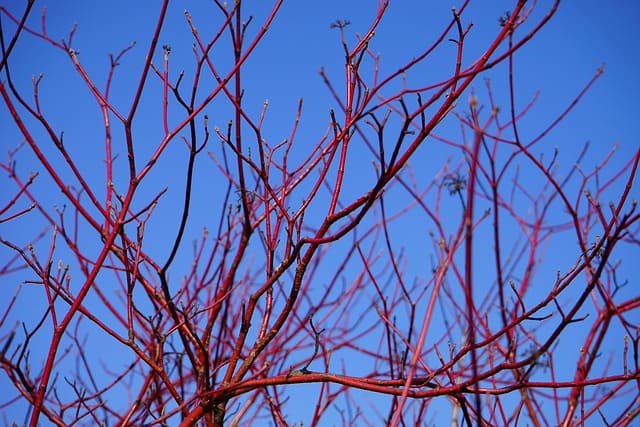
Planting winter interest plants such as evergreens, dogwoods, or plants with colorful bark can ensure that your garden maintains visual appeal throughout the season. Select plants that add texture or color against a backdrop of winter resting scenery.
10. Get Educated
December can also be a great opportunity to expand your gardening knowledge. Here are a few ways you can deepen your understanding and skills:
a. Attend Workshops
Look for gardening workshops, seminars, or classes in your area. Many institutions and community colleges offer winter courses related to gardening, sustainable practices, or landscape design.
b. Read Gardening Books and Blogs
Gather information from reputable gardening books, online blogs, and educational podcasts. There is a wealth of knowledge available to help you enhance your gardening skills and techniques.
c. Join a Gardening Club
If you haven’t yet, consider joining a local gardening club. Connecting with fellow gardeners can provide inspiration, support, and advice on regional practices.
In Conclusion
Although it may seem like your garden is settling down for a long winter’s nap, December is a productive time for gardening tasks that will pay off in the spring. By reflecting on the past year, planning for the future, and focusing on maintenance and protection, you can ensure your garden stays healthy and vibrant.
The tasks may seem daunting at first glance; however, tackling them a little at a time can bring a sense of fulfillment as you prepare for the next growing season. Whether you’re a seasoned gardener or a novice, incorporating these December garden tasks will help you make the















